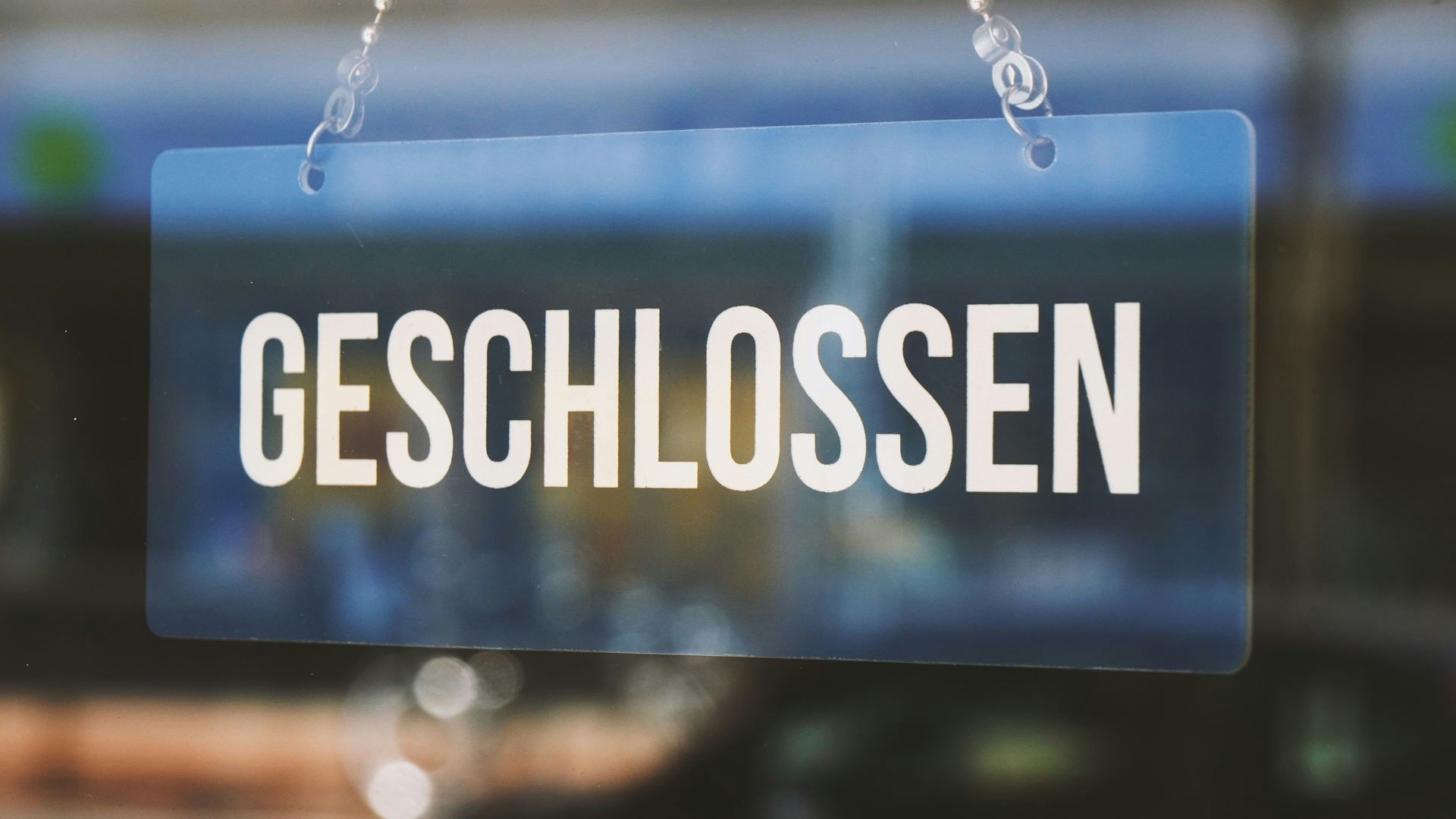Business
Number of Insolvencies Rises Drastically – Two Sectors in Particular are Hit Hard
Germany's economy continues to struggle with headwinds: According to the latest data from the Federal Statistical Office, the number of corporate insolvencies increased by 10.4 percent in September compared to the previous year. Particularly affected are the transport and storage sectors as well as the hospitality industry—two sectors that have been suffering from high costs and weak demand for months.

A wave of bankruptcies is rolling through the country
As the Federal Office reports, the figures are "experimental data" based on current insolvency announcements by the district courts. Despite their preliminary nature, a clear trend is emerging: More and more businesses are getting into difficulties. In July – for which final figures are available – the district courts reported 2,197 corporate insolvencies, an increase of 13.4 percent compared to the same month last year. Particularly alarming: the creditors' claims totaled around 3.7 billion euros in July alone, up from 3.2 billion the previous year.
Transport, logistics, and gastronomy particularly affected
Per 10,000 companies, 6.3 insolvencies were registered in July. The transport and storage sector recorded the highest value with 12.7 insolvencies per 10,000 companies – a clear warning sign for an industry increasingly under pressure from high energy prices, rising wages, and declining transport margins. Also hard hit: the hospitality industry and service providers like temporary employment agencies, which rank closely behind with 9.9 insolvencies per 10,000 companies. In both areas, inflation, labor shortages, and consumer restraint have left deep marks.
No end to development in sight
Experts warn that the insolvency statistics only show the tip of the iceberg. Many companies give up long before they initiate an official procedure. Particularly in medium-sized businesses, warning signs are increasing: liquidity shortages, expiring COVID support programs, and rising financing costs are driving numerous companies to the brink of insolvency.
The credit agency Creditreform recently warned that the stability of many medium-sized businesses is now on "red alert." The trend is clear: After years of artificial stabilization, reality is now returning with force.
Bitter Balance
What began as an economic dent is increasingly developing into a structural crisis. Particularly alarming is that those sectors highly dependent on domestic consumption are recording the largest slumps. If this trend continues, a new wave of insolvencies threatens—with massive consequences for employees, supply chains, and regional economic areas.






